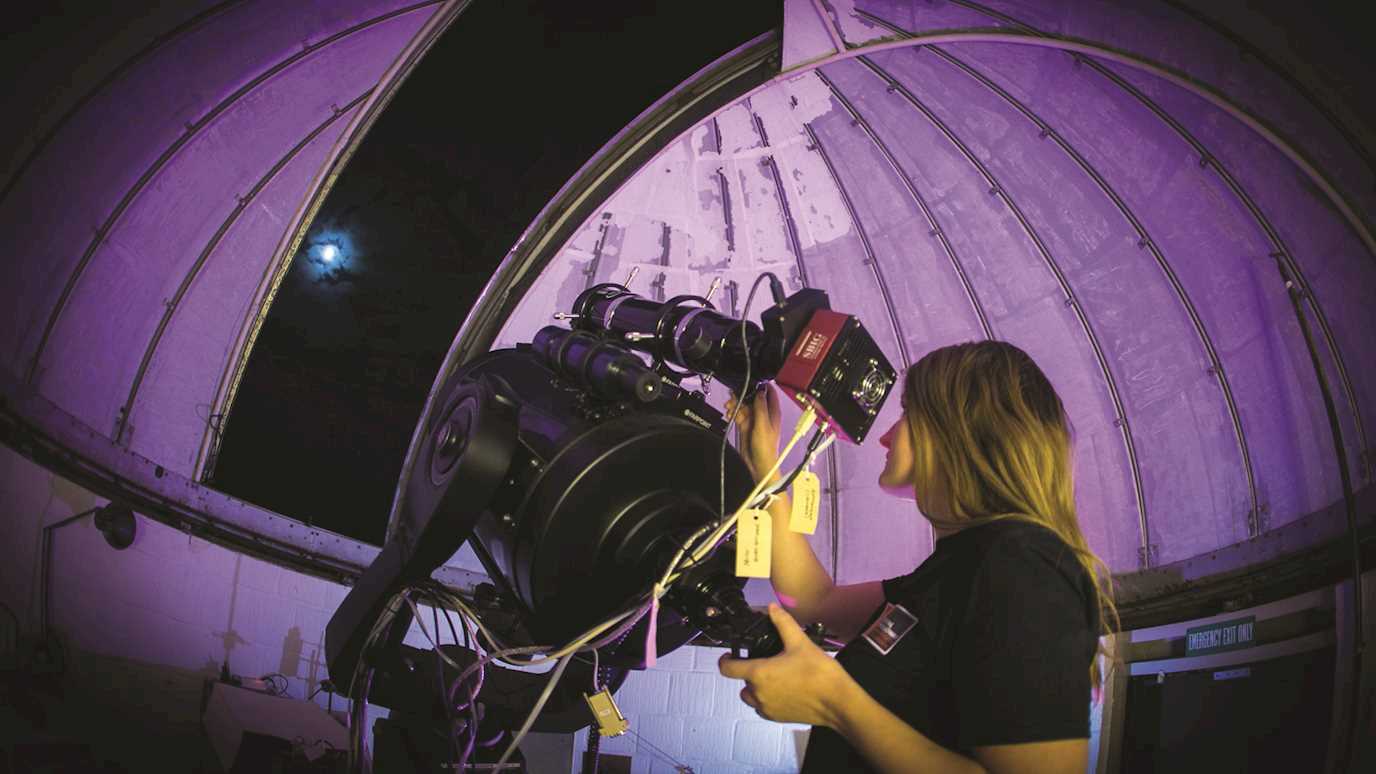Probing Spintronic Interfaces
Dr Wenquig Liu (RHUL)
At the interface between materials with radically different properties, new physical phenomena can emerge. Spintronic interfaces are one of the most exciting classes of systems due to the wealth of exceptional physical properties that occur when charge, spin and heat transport are confined to a plane. Historically the spin arrangement has long been investigated within the context of conventional ferromagnetic metals (FMs) and their alloys, while the study of spin generation, relaxation, and spin-orbit coupling in non-magnetic materials has taken off rather recently with the advent of spintronics, and it is here that many magnetic interfaces can find their greatest potentials in both science and technology. Here we present our latest research results on a selection of spintronic interfaces. This includes FMs, magnetic oxides (MOs), diluted magnetic semiconductor (DMSs), and magnetic topological insulators (TIs) in their ultrathin film form. FM and MO thin films have spontaneous magnetization and usually high Curie temperature, though this can be strongly altered when bonded with semiconductors (SCs). DMS have the advantage of easy integration with the existing SC-based technologies, but less robust magnetism. The spin ordering in TIs is even more fragile and limited to cryogenic temperatures so far, but they are particularly interesting topics due to the presence of the nontrivial surface state.

























